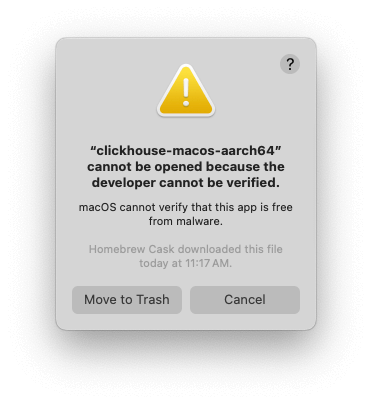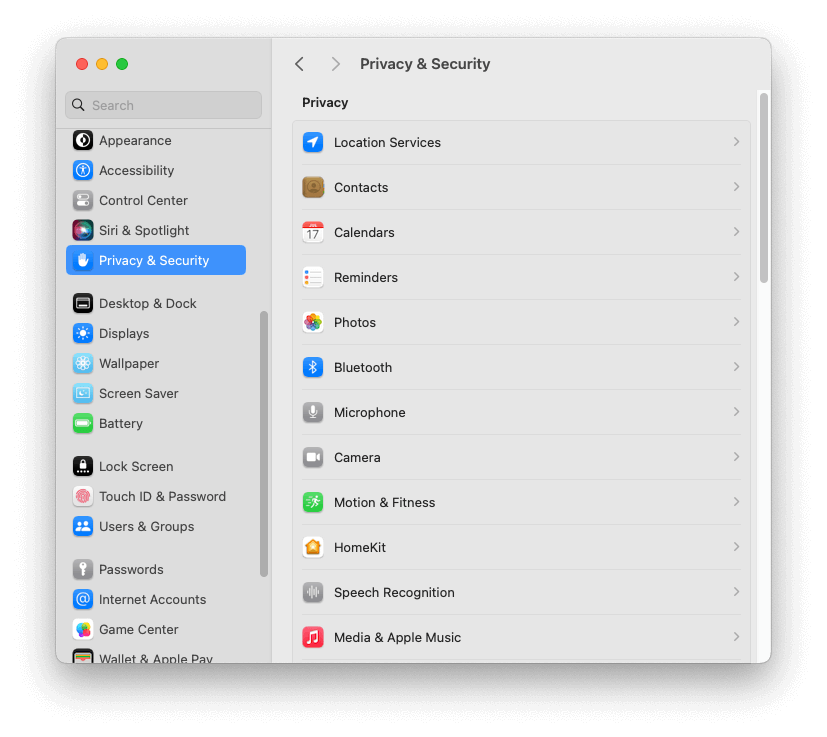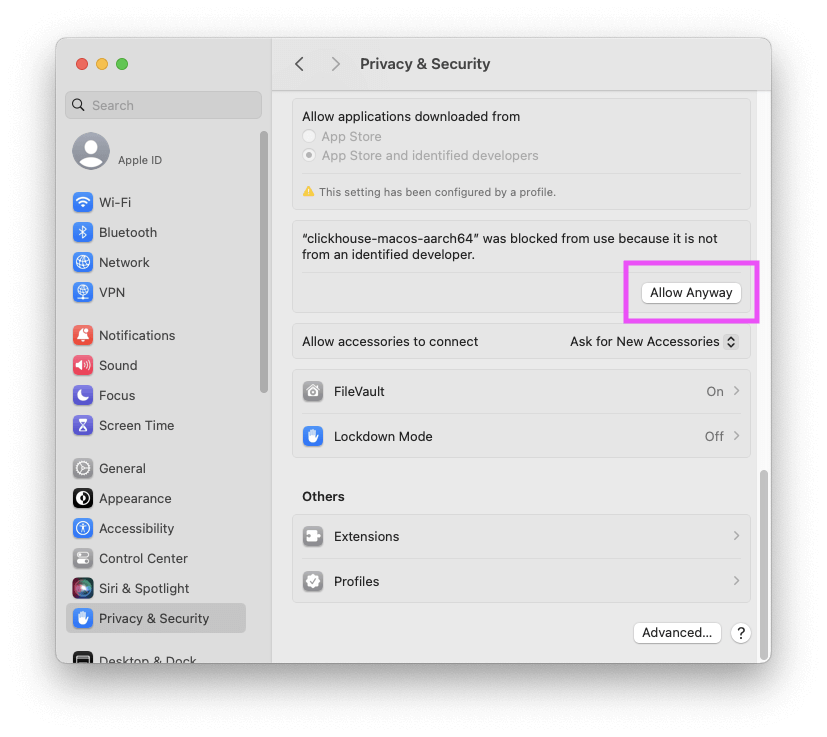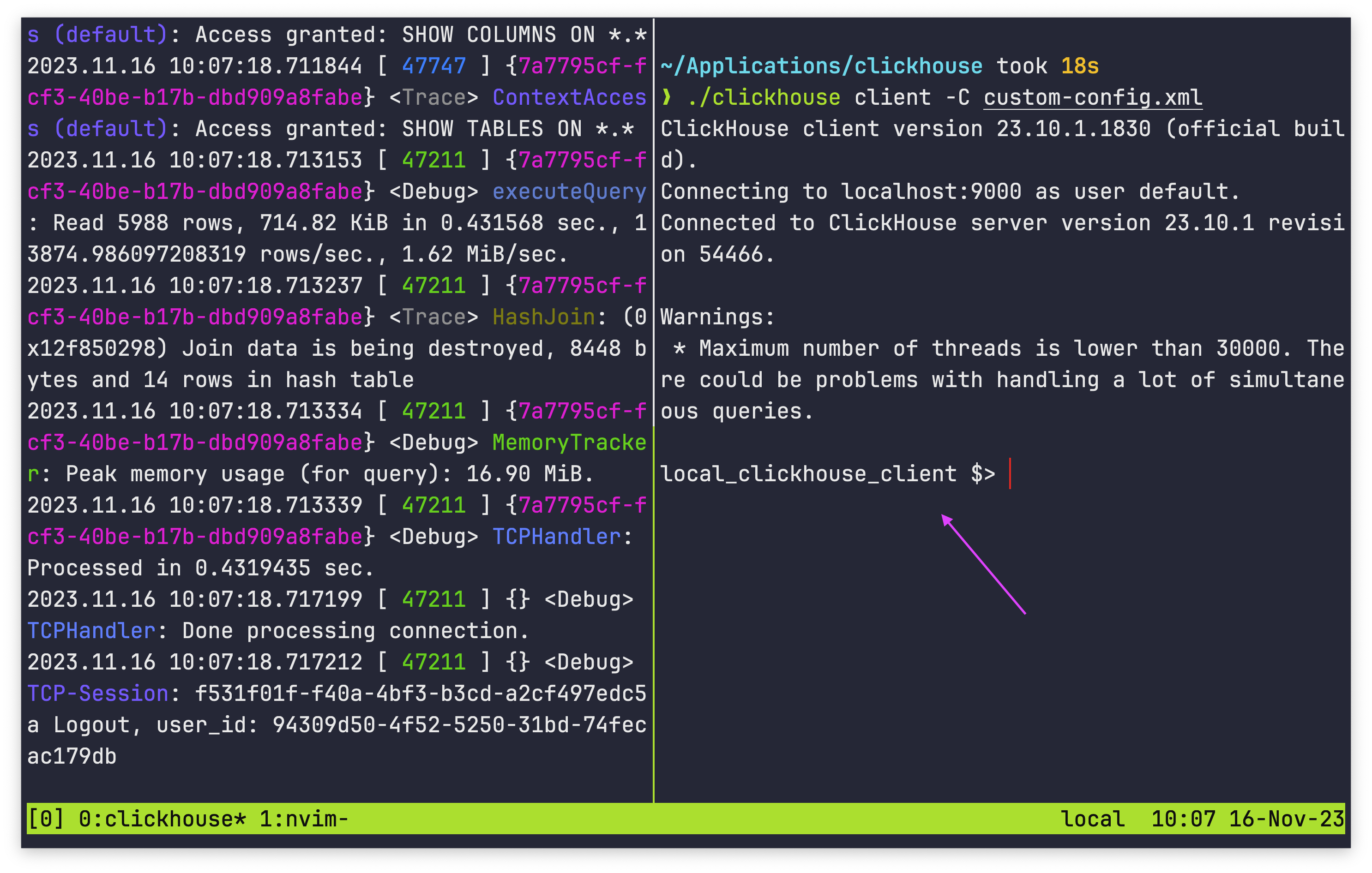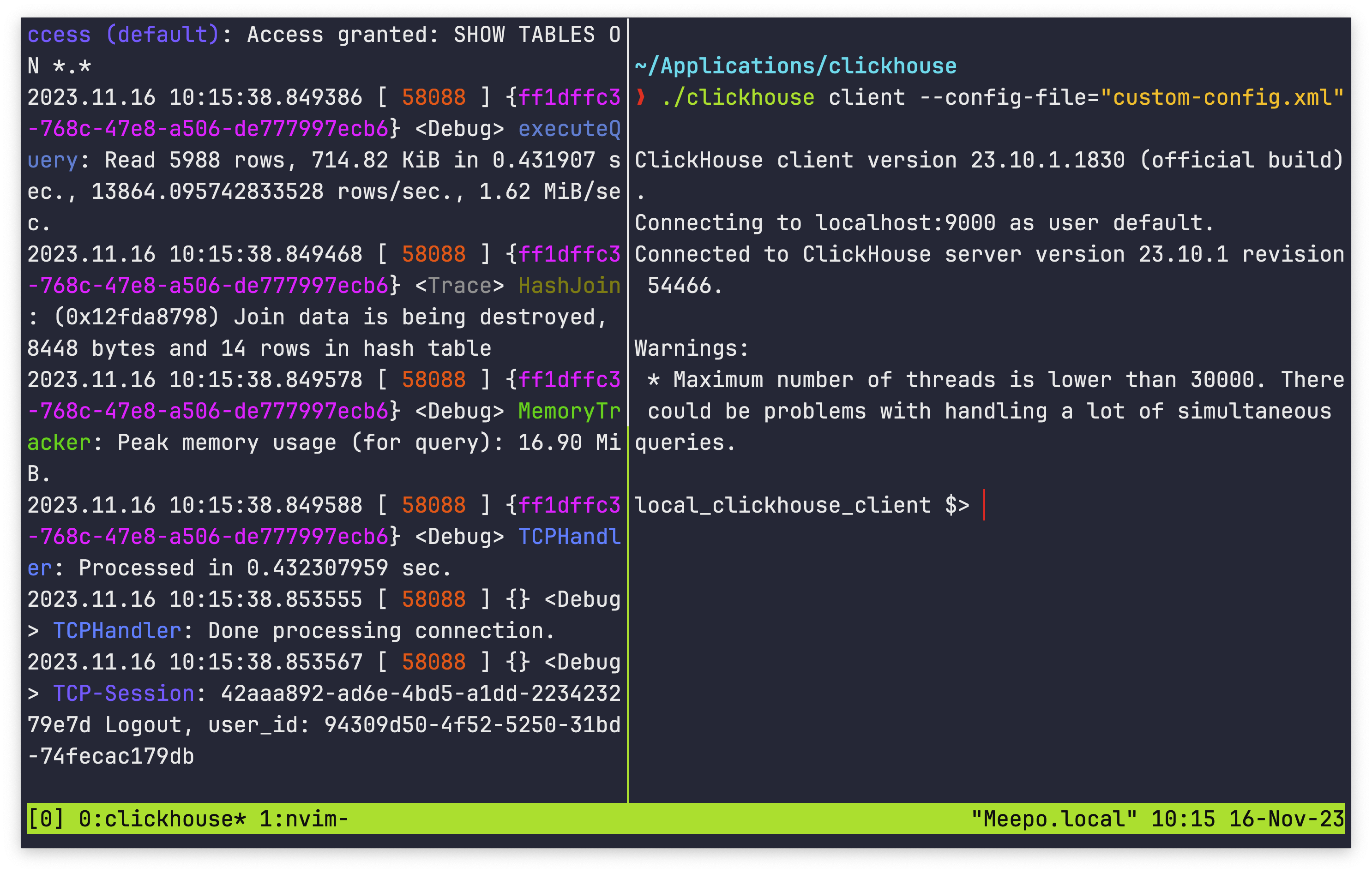Question
I'm writing data into ClickHouse cloud and need to be able ,when reading data, to guarantee that I'm getting the latest complete information.
Answer
Talking to same node
If you are using native protocol, or a session to do your write/read, you should then be connected to the same replica: in this scenario you're reading directly from the node where you're writing, then your read will always be consistent.
Talking to a random node
If you can't guarantee you're talking to the same node (for example talking to the node via HTTPS calls which get shuffled via the a load load balancer), you can either:
A)
- write your data
- connect to a new replica
- run
SYSTEM SYNC REPLICA db.table_name LIGHTWEIGHT - read the latest data
See SYSTEM commands reference
OR
B) read anytime with sequential consistency
SELECT
...
SETTINGS select_sequential_consistency = 1
note when using ClickHouse Cloud and its default SharedMergeTree Engine, using insert_quorum_parallel is not required (it's a given)
Using SYSTEM SYNC REPLICAS or select_sequential_consistency will increase the load on ClickHouse Keeper and might have slower performance depending on the load on the service.
The recommended approach is to do the writes/read using the same session or the native protocol (sticky connection).
